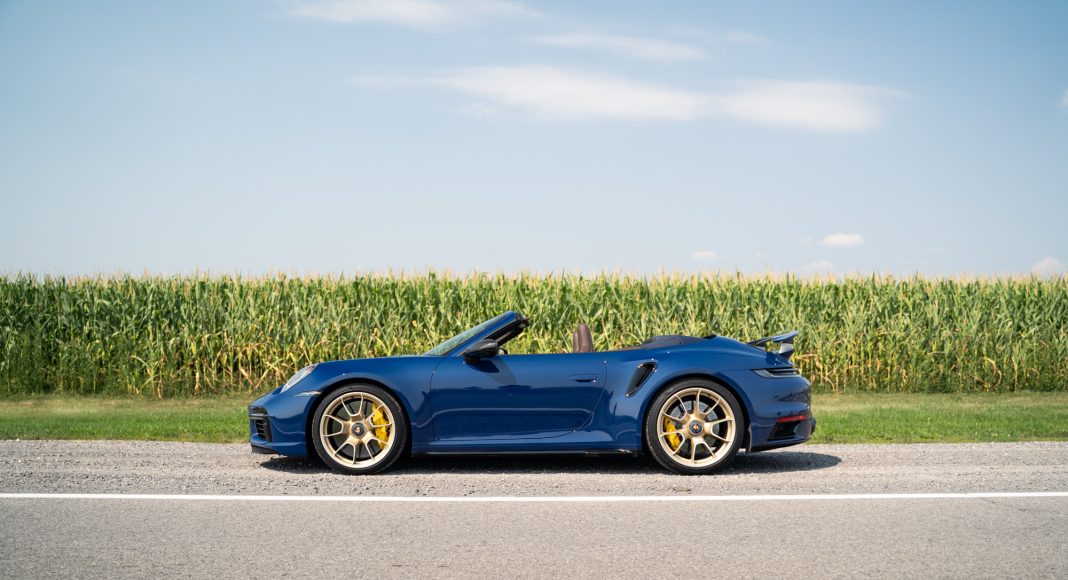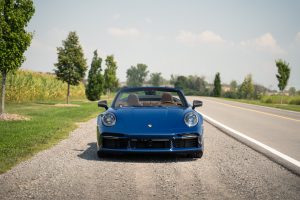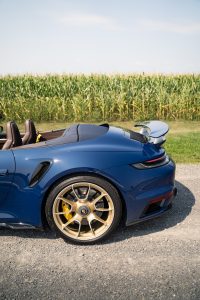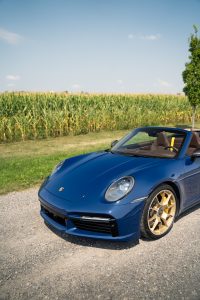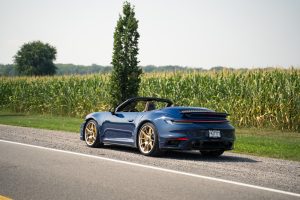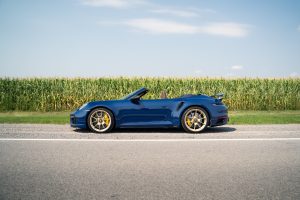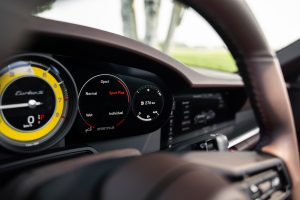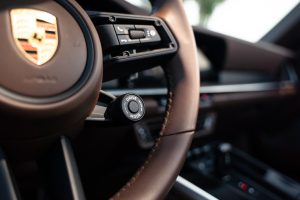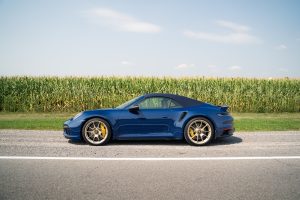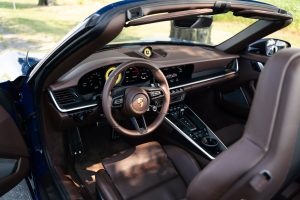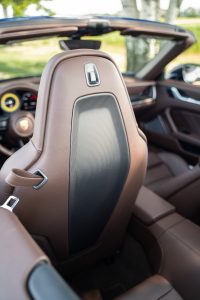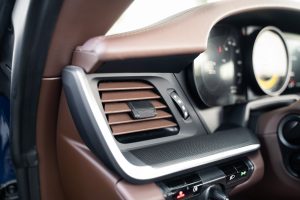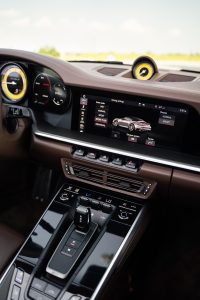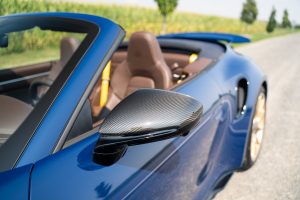In 1975 Porsche introduced the first-ever turbocharged 911 to the world, the 930 otherwise known as the 911 Turbo. Nicknamed “the widowmaker”, the US version of the 911 Turbo produced 234 hp in 1975, and in the final year of production (1989) – power was increased to 282 hp, which made the 930 the fastest production car available in Germany. What’s more, Car and Driver recorded a 0–60 mph acceleration time of 4.9 seconds for both the 1975 and 1978 Porsche 911 Turbo, earning first place in the magazine’s “quickest cars of the 1970s.” As we fast forward to the present day, and now in its 7th generation, the latest 911 Turbo, in particular, the Turbo S, is still considered one of the fastest production cars available from Germany and I finally had the opportunity to spend time behind the wheel of one. The verdict? Well, I don’t want to spoil the rest of the article for you, but if I had to sum it up in one phrase… BLOODY HELL, what a MACHINE! Alright, let’s tone it down here Rothman, keep it professional.
Powering the latest generation Turbo S is a twin-turbocharged 3.7-liter flat-6 engine that develops a mind-boggling 640 horsepower and 590 lb-ft of torque. 0-60 mph? 2.7 seconds. What’s comical is, Porsche is known to be conservative with their 0-60 times and as a result, when Car and Driver had one to test, they achieved 60mph in 2.2 seconds. I’ll be honest, I had the opportunity to launch it more than once and the sensation is thrilling. It doesn’t matter how much you brace yourself for it, it surprises you every single time, especially in the passenger seat. Once you’re done bullying Huracans and F8 Tributos in “Sport Plus” or “Sport” mode, simply put the car into “Normal” and you honestly forget what you’re driving. Despite being a supercar, it’s extremely comfortable and handles our horrendous Montreal roads effortlessly. Also, the rear-axle steering and carbon-ceramic brakes are nothing short but brilliant. A round of applause to those brilliant engineers in Zuffenhausen.
As this is a Porsche, the level of personalization is endless, and this Turbo S is no exception. I actually had the opportunity to spec this entire vehicle with its owner, so I’m a tad (okay, very) biased towards it. At an MSRP of $246,300, with all the Porsche Exclusive Manufaktur options fitted onto this Turbo S, its final price comes in at $305,135. The most expensive option? It’s actually the $14,640 Albert Blue paint color that appeared first on the 911s of the 70s and is part of Porsche’s PTS (paint to sample) catalog. Other notable options include: the Sports exhaust and tailpipes in black ($3,990), the Satin Aurum Exclusive Design wheels ($2,840), Carbon Fiber inlay in the backrest of the front seats ($2,960), the leather air vents ($2,195), the owner’s manual and key finished in leather ($1,315), and the list goes on. Combine all of that with the Burmester sound system (also an option) and the latest Porsche infotainment system and the cabin is the perfect place to be for daily commutes or weekend sprints.
I spent nearly a week with this Turbo S and as you saw reading (as well as my YouTube video), it truly is in my opinion the best daily supercar that one can buy. It’s one of those cars that I had a hard time parking each night – I just wanted to continue driving it, over and over again. From its everyday useability to its head-rushing performance, it’s the “Jekyll and Hyde” of Porsche’s and continues the legacy as the “Widowmaker” that the original 911 Turbo had in 1975.
Vehicle provided by Porsche Prestige part of Groupe Gabriel
Learn more online via Porsche and Porsche Prestige
Photography by Olivier Lessard
